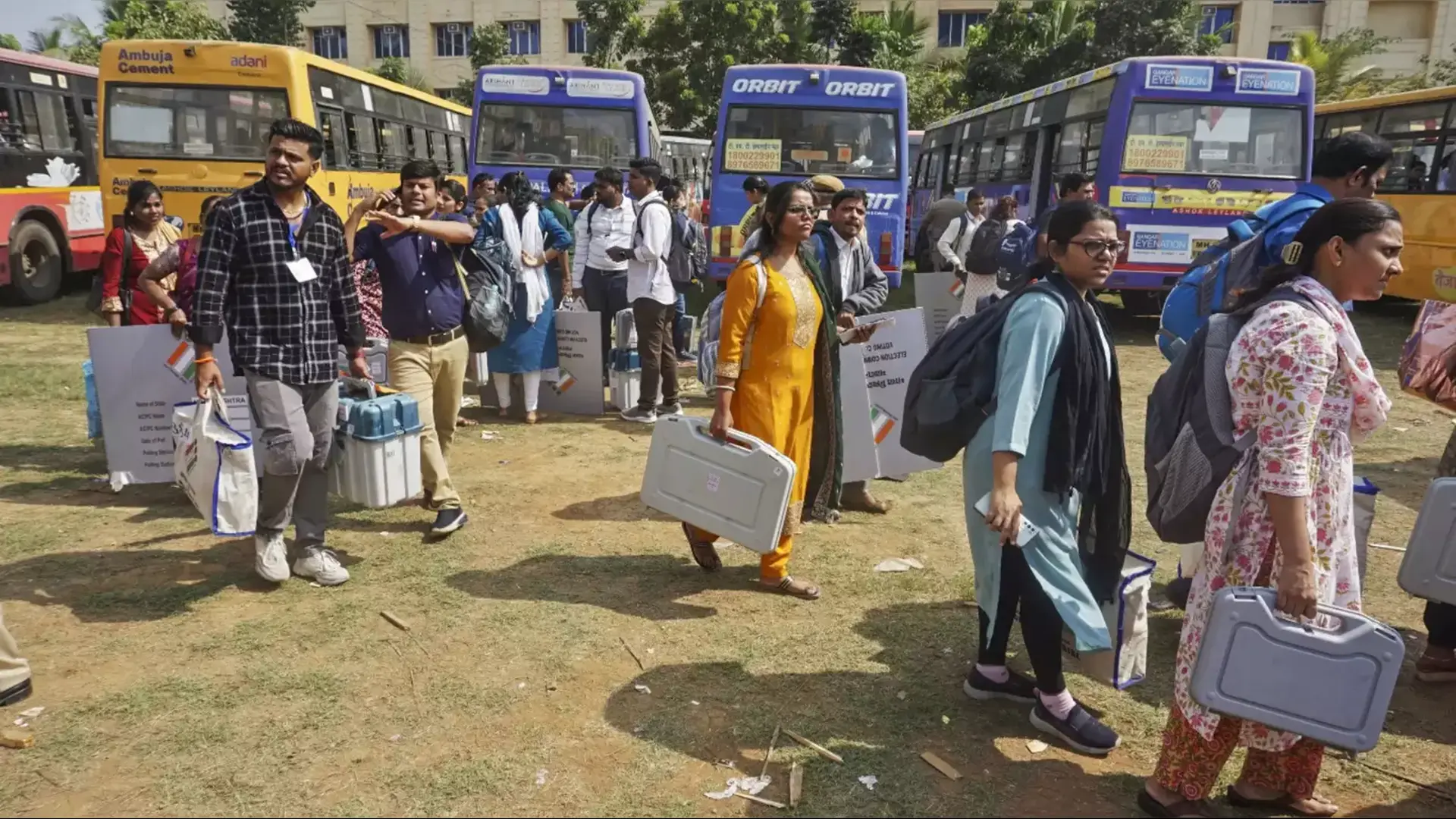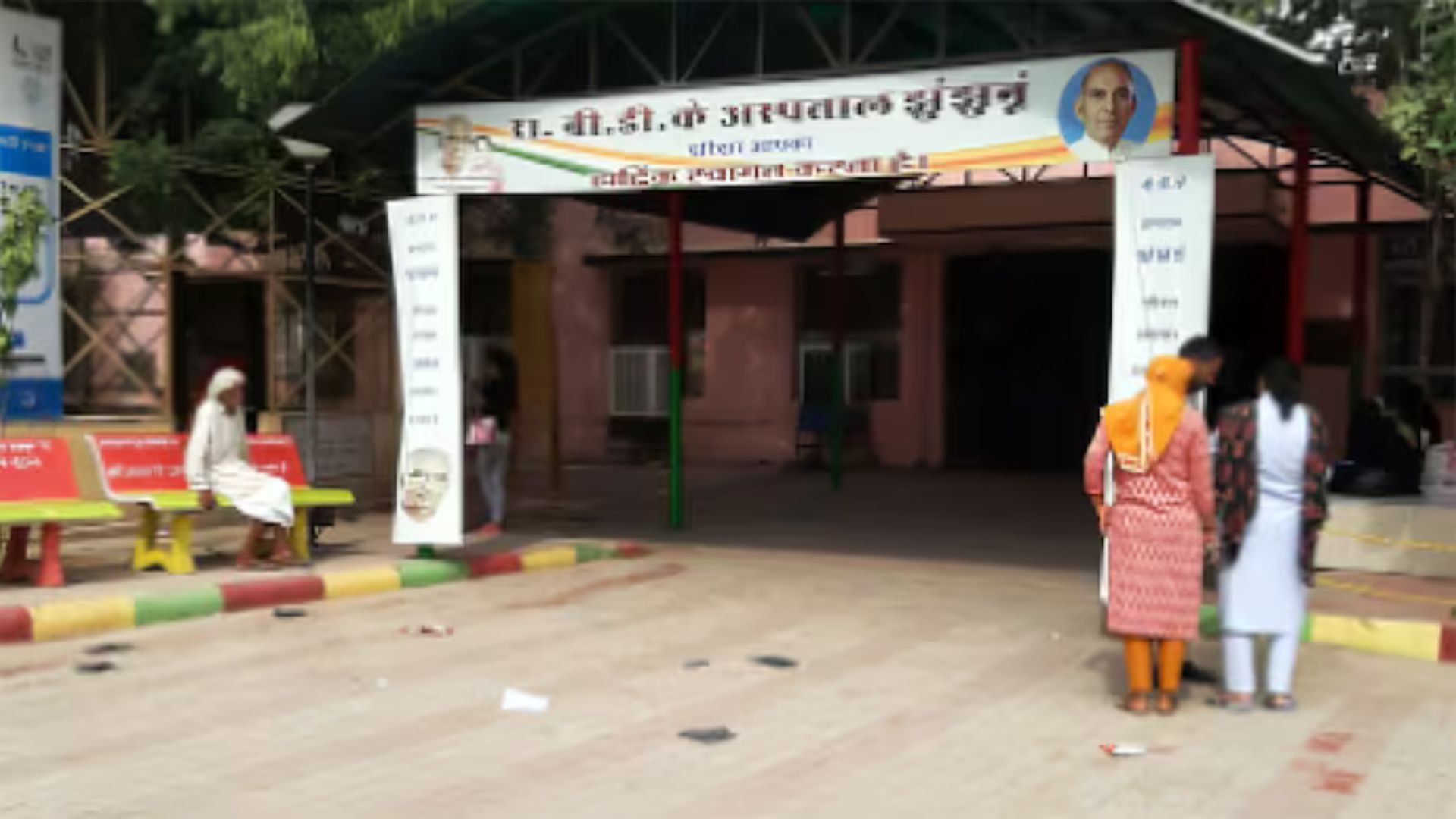During 2014-15 and 2019-20, India witnessed a double-digit Compound Annual Growth Rate (CAGR) of 14.5 per cent in terms of domestic passenger traffic. Connectivity across states and regions in India has increased substantially due to the commencement of the Ude Desh ka Aam Naagrik (UDAN) scheme, under which around 469 new routes have been initiated and 74 new airports have been built.
Regional routes are the new growth area for domestic carriers, which is evident in the launch of new flight routes to airports in Tier II and Tier III cities such as Pantnagar and Gorakhpur by leading market players. Airlines such as IndiGo and SpiceJet are already among the country’s largest regional players with 72 flights each under the UDAN scheme. Industry insiders have shared that the expansion of domestic flight routes has played a key role in the recovery of the industry after the impact of the COVID-19 pandemic.
As per data in April 2015, 99,600 passengers travelled exclusively between Tier 1 cities, while traffic involving at least one leg with Tier II or Tier III cities was 1,18,300 per day. These numbers have already increased to 1.09 lakh and 2.51 lakh, respectively, as of December 2021. Similarly, the demand for international air travel has also increased following the easing of travel restrictions imposed due to the COVID-19 pandemic.
During the period January to December 2022, a total of 43.4 million passengers were carried on international routes by scheduled Indian and foreign carriers as against 17.2 million in the corresponding period in 2021, which is a growth of roughly 152.7 per cent. Out of the total 43.4 million passengers around 20.9 were carried by scheduled Indian carriers, while around 22.5 million passengers were carried by scheduled foreign carriers from January to December 2022.















